Swedish telecom equipment maker Ericsson said in an annual mobility report on Tuesday it expects global 5G mobile subscriptions to surpass one billion in 2022, helped by higher adoption in China and North America.
India, which is in the process of auctioning 5G airwaves, is expected to have 30 million 5G customers by year-end, the Ericsson Mobility Report 2022 said.
“We expect about 30 million 5G subscribers in India in 2022 and around 50 million in 2023,” Reuters quoted Peter Jonsson, executive editor of the Ericsson Mobility Report 2022, as saying in an interview.
A push from telecom operators to bring 5G and handset prices as low as $120 has helped 5G adoption, Jonsson said in the interview, adding, “China added about 270 million users in 2021 compared to North America, which added 65 million.”
The 5G, or fifth-generation, networks offer much higher speeds than the previous generation, promising to connect machines in a way that can enable futuristic features such as autonomous driving.
5G subscriptions are estimated to reach 4.4 billion in 2027, according to the mobility report.
Ericsson, which competes with China’s Huawei and Finland’s Nokia, is a leading supplier of mobile gear, including 5G.
While 5G subscriptions grew by 70 million during the first quarter to around 620 million, 4G subscribers grew by 70 million to around 4.9 billion globally.
Meanwhile, the India chapter of the report, reviewed by Indianbroadcastingworld.com, stated that by 2027 smartphone users in the India region are forecast to consume 50GB of data per month on an average.
“Even though 5G has not been launched commercially, there is already a good foundation for 5G uptake in India. There is significant consumer interest in adopting 5G,” the report highlighted, adding, according to an Ericsson ConsumerLab study, 21 percent of respondents who are smartphone users indicated they already have a 5G-ready device.
Indian consumers also claim to be willing to pay 50 percent more for 5G bundled plans. This presents a unique opportunity to grow revenue within a market that has historically had very low ARPU, the report analysed.
Quoting an Ericsson-Arthur D Little study, the Mobility Report 2022 said 5G will enable Indian mobile service providers to generate USD 17 billion in incremental revenue from enterprises by 2030.
Much of this is projected to be driven by the adoption of 5G in the manufacturing, energy and utilities, ICT and retail industries. Indian enterprises consider 5G to be the most important technology for their digital strategies, it stated.
5G will also enable service providers to launch new services for consumers, including home broadband (5G fixed wireless access or FWA), enhanced video, multiplayer mobile gaming, and AR/VR services.
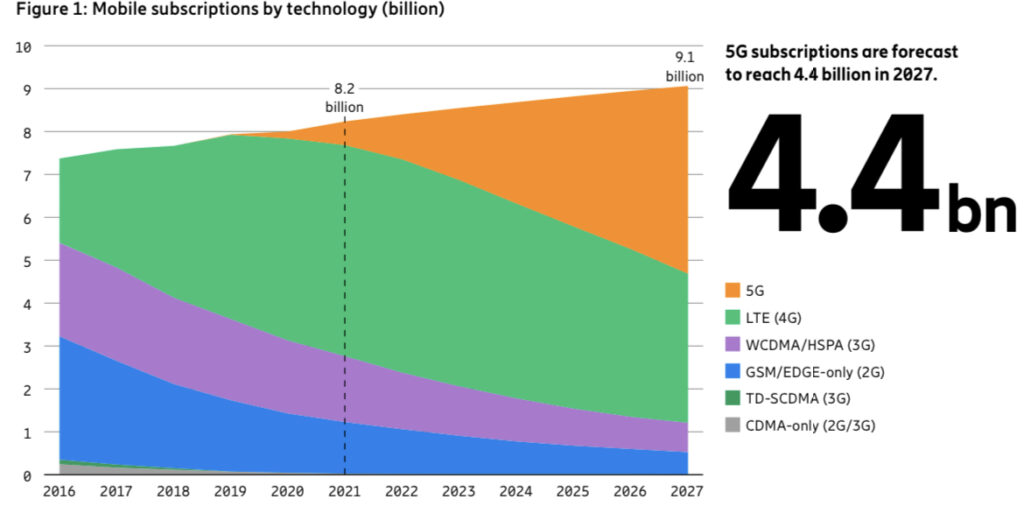
Consumers anticipate that service providers will offer pricing plans with service bundling and data sharing.
“5G can play an important role in achieving India’s digital inclusion goals, especially in bringing broadband to rural and remote homes. Trials have proven the potential offered by 5G to bridge the digital divide by enabling access to high-speed broadband through FWA,” the report pointed out.
However, there are challenges too in the Indian market even though it offers significant opportunities for growth.
Indian service providers have recently been raising the price of data (the average price of 1GB of mobile data reached USD 0.68 in 2021) and mobile services revenue has continued to grow. Despite this, service provider ARPU remains low. Moreover, India has some of the highest prices for spectrum in the world, constraining service providers’ ability to invest in infrastructure, the report said, highlighting some of the challenges.
In the India region as a whole, mobile data traffic has grown by more than 15 times in the past five years and is expected to more than double in the next three years. “With the projected traffic increase, service providers would benefit significantly from the efficiency gains provided by 5G,” the report summed up.
 Prime Video to limit in India number of TV sets having access per subscription
Prime Video to limit in India number of TV sets having access per subscription 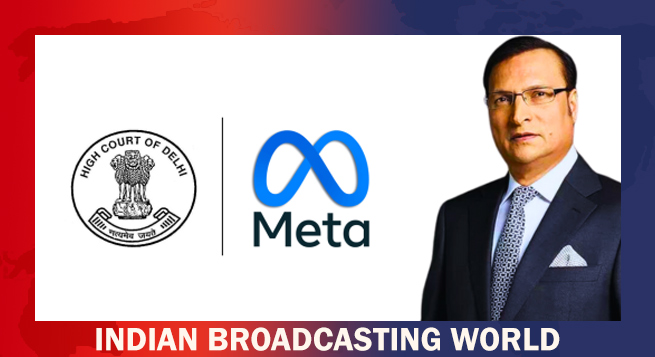 Delhi HC orders meta to remove deepfake videos of Rajat Sharma
Delhi HC orders meta to remove deepfake videos of Rajat Sharma 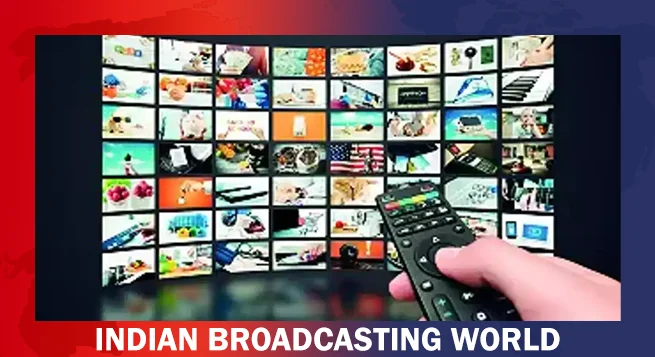 Govt. blocked 18 OTT platforms for obscene content in 2024
Govt. blocked 18 OTT platforms for obscene content in 2024 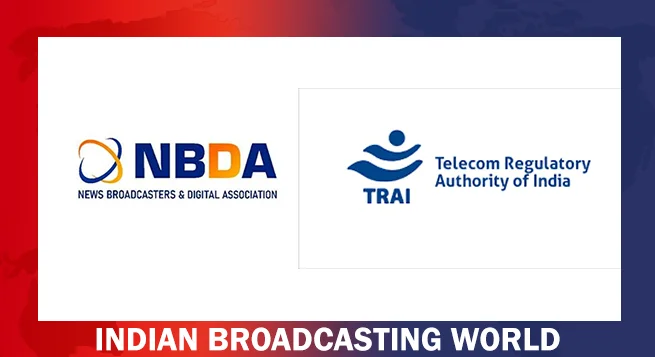 Broadcasting industry resists inclusion under Telecom Act
Broadcasting industry resists inclusion under Telecom Act  DTH viewing going down & a hybrid ecosystem evolving: Dish TV CEO
DTH viewing going down & a hybrid ecosystem evolving: Dish TV CEO  Abhishek Singh Rajput shines in ‘Swipe Crime’ on MX Player
Abhishek Singh Rajput shines in ‘Swipe Crime’ on MX Player  Farhan Akhtar’s ‘120 Bahadur’ to hit theatres on November 21, 2025
Farhan Akhtar’s ‘120 Bahadur’ to hit theatres on November 21, 2025 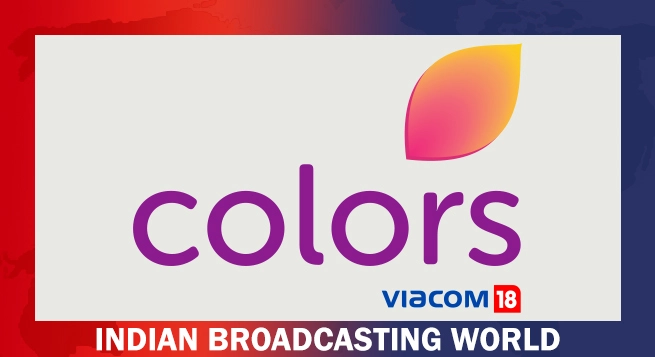 COLORS announces 2025 lineup
COLORS announces 2025 lineup 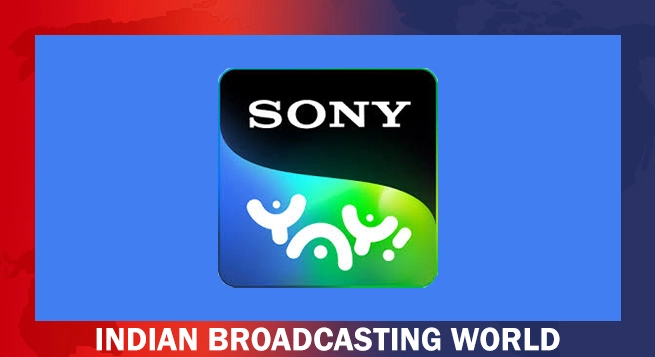 Sony YAY! announces holiday wishes from Toon-Town this Christmas
Sony YAY! announces holiday wishes from Toon-Town this Christmas  8Bit Creatives partners with ESFI to elevate WAVES esports championship 2025
8Bit Creatives partners with ESFI to elevate WAVES esports championship 2025 


